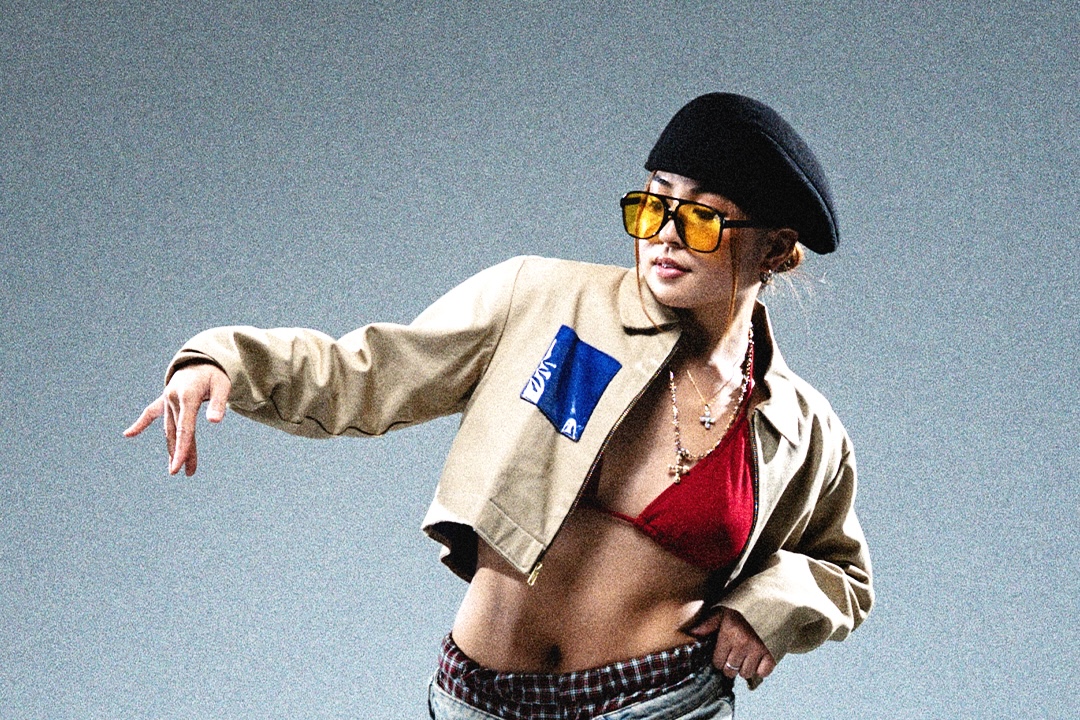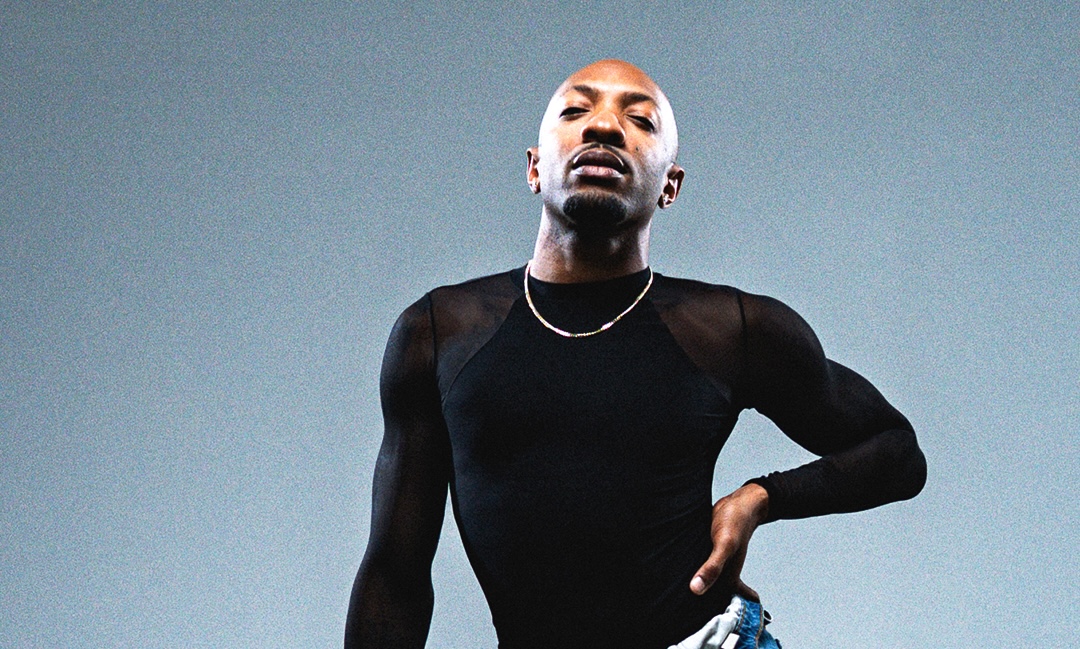The junior dance community doesn't get nearly as much recognition as they deserve. Often, the focus is placed on our collegiate scene- because naturally, dancers and teams develop over time and experience, and the older crowd takes the spotlight. But our junior community is so, so, so important. Not only are they reminders of where we started, the passion we fed, the steps we took to grow into the dancers we are, but they are, quite literally, our future.
In order to ensure that we continue to elevate each other, and encourage the next generation to embrace the same positive attitude, we need to be mindful of the community that is growing under us. Bridge Juniors, held this past Saturday at Lakewood High School (hosted by Team Millennia and Happiness Is NOW Inc.), gave the junior teams in the Southern California dance community a chance to perform and compete and share with each other.
Every year, these teams impress and inspire us with their creativity, work ethic, and humility. This time was no different, as every single team delivered. You can watch all the performance videos on our YouTube channel! Keep reading for a peek inside the road to Bridge Jrs. from the placing teams' directors, and their experiences with the junior community as a whole.
THE PLACEMENTS
1st: Kaba Kids
2nd: Q Minor
3rd: Underground
THE ARTISTRY
Kaba Kids showed us that the true mark of success is in knowing your strengths and loving what you do.
"As far as artistic vision. We just wanted to stay true of what Kaba represented. We have a lot of versatile dancers and we wanted to showcase that as much as possible."
- Josh Espinosa
"The process was a bit interesting as some of the kids from the current team, alumni of Kaba Kids, as well as members from KM Legacy had choreographed for this set. We always strive to create something innovative while sticking what KM is."
- Jon Aldanese
Q Minor showcased their uniQue style with an upbeat and feel-good set.
"Our members' ages are very young, and my goal was to create a set that would best represent our personality and characteristics. It has been in our nature to be "different" at competitions, being that we cater to styles that are appropriate for what we are capable of. For Bridge Jrs, we particularly leaned towards "fun" songs that brought out the meaning behind why we dance--simply to have fun."
- Justin Olivar
Underground shook our hearts with a set that revolved around the Holocaust. Heavy themes are always risky, as they add an element of storytelling and purpose to dancing.
"This season, Underground was encouraged to gain a wider perspective on the world by educating themselves on different aspects of history. This set was particularly inspired with children of the wars who were unable to grow up and fulfill their dreams. As we were creating the set, it reminded us that even the smallest of experiences or opportunities should not be taken for granted and that being safely surrounded by our loved ones is a blessing. UG aims to carry on the voices of the children who lost their lives in history and also the ones who are currently fighting for their future."
- Tiffany Ngo
"Our education, housing, clothes, blankets, food... these are all things we take for granted so easily, while people throughout history and people to this day still struggle in ways we can't even imagine."
- Anthony Vibal
"This was such a bold set, and it required a lot of maturity in their dancing. I was initially really scared about how the audience would react to a set about the Holocaust, so I even thought about playing it safe- no blatant references and less specific props and costumes.. But during hell week, the directors and dancers came to the conclusion that that fear is more of a reason we have to go full out. I couldn't be any more proud with how things turned out, and how the kids handled the whole process."
- TJ Medallo
BUMPS ON THE ROAD
We often refer to the process of making a medley as "Road to ___," but it should more appropriately be called "Obstacle Course to ___." There will always be challenges unforeseen, and Bridge Juniors was no exception.
Forget challenges during practice!- Kaba Kids had a huge problem with finding practice spots to begin with. Getting kicked out of spots at UCI, as their rules are becoming stricter, they eventually moved their practices to a park with no mirror, no lights, no roof. Some rehearsal days were rainy, as well.
Q Minor had a similar issue:
"[A big challenge] is probably keeping our kids hungry to improve, while having fun. Cleaning is tedious so we find ways to have them WANT to clean. They've made the job 110% easier by keeping open minds so I am proud of them for that.Our biggest challenge was actually finding a place to practice. We normally practice Wednesday and Fridays at Quest Studios, but were in dire need of a hell week. Luckily, we found a free spot at Cerritos library."
- Justin Olivar
Underground, as mentioned before, had the task of taking a tragic historical event and translating that into a vulnerable yet uplifting message through their medley.
"We did not want to offend anyone, we wanted to create something that recognized the sufferings of all people who could relate. So we had to think of ways to portray this that was appropriate and accurate, keeping in mind costumes, props, our music, etc."
- Anthony Vibal, UG Dancer
GIVING BACK
Directors of junior teams inevitably become brothers and sisters to the dancers. Because they are older, more experienced, and willing to give back, as their older brothers and sisters have given to them, the cycle of giving and growing doesn't stop.
"All of the directors were on Kaba kids at some point, so we know how it is and remember how much we looked up to our directors, Kaba Modern, and KM Legacy. We are pretty much giving them everything that we can to let them have the best Kaba Kid experience as we did when we were on the team."
-Jon Aldanese
"We give them rides to practice, sometimes pick them up from school, pay for some of their food when their hungry.. we just watch out for them. Their parents fully trust us, so we have a responsibility to take care of them and we do."
- Josh Espinosa
HASHTAG WINNING?
Winning or placing may be a big deal to some people, but I hope that the community continues to place more importance on growing and sharing rather than the competitive aspect of dance. Kaba Kids' directors never needed a trophy to validate their dancers' hard work.
"Honestly we were just proud of them for working hard these past weekends and whether we placed or not, we were just happy that they can achieve so much. The trophy was just an icing on the cake. We did a Runthrough before our actual performance and it was so hype, the kids were so happy. That feeing itself was enough for us. We told them we'd be fine to just leave the competition just like that."
- Josh Espinosa
"Everyone worked hard for the competition and everyone should be proud of that. It's just fortunate that the trophy came along with it. That's why we really imply to the kids to have fun. Sounds typical but it's true. It'd be a waste to go on stage and not have fun."
- Jon Aldanese
Beyond the competition, dancing, leading, and being a part of the community in general holds so many rewards that no scoresheet can portray.
"My favorite thing about directing is taking new kids who have no knowledge of the community, and unlocking potential they never knew they had. My hope for them is to go about the community how I was introduced to it--fun. It's pretty common for high schoolers and younger to get caught up in competitiveness since that's normally the time where they notice self-growth. I want my kids to particularly focus their growth on sharing the love for dance as opposed to proving oneself better than another. After all, competitions are much more enjoyable that way."
-Justin Olivar
"One of the most rewarding parts about directing a junior is to see and witness how much work they're willing to put into something they're passionate about. The kids inspire me to be a good director and role model. And when they get off that stage after performing and I can see how happy and fulfilled they are.. and they come to thank you... That is most rewarding feeling any director can get."
- TJ Medallo
WHAT THE FUTURE HOLDS
The junior dance community is so inspiring because I can see the genuine passion and hunger in each dancer. There hasn't been as much time for all their potential to be unlocked just yet, but there also hasn't been as much exposure to the ways their passion could be polluted. It's such a pure and innocent love, and they, as well as their directors, deserve appreciation for guiding them toward a humble yet hard-working future.
"The best part about the junior community is the hunger and drive that these kids have. If we were all able to network one day without having to compete, so many relationships can be made because we all share the same hunger and passion for dance."
- Justin Olivar
"These kids will be a great asset to the community! They are the most hard working individuals I have EVER come across."
- Teej Medallo
Our community is constantly growing and evolving, and Bridge Juniors was a wonderful show of how it is thriving, even in the junior scene. Our youth is a cesspool of passion and energy- and with the right direction, there is no doubt that they are well on their way to taking our community to new heights. If you attended Bridge Juniors, what was your most memorable moment? Why do you think the junior dance community is important? Leave a comment below! On the note of leadership, captains play a huge part in a teams' success as well! Check out what it means to be a captain of a dance team.










